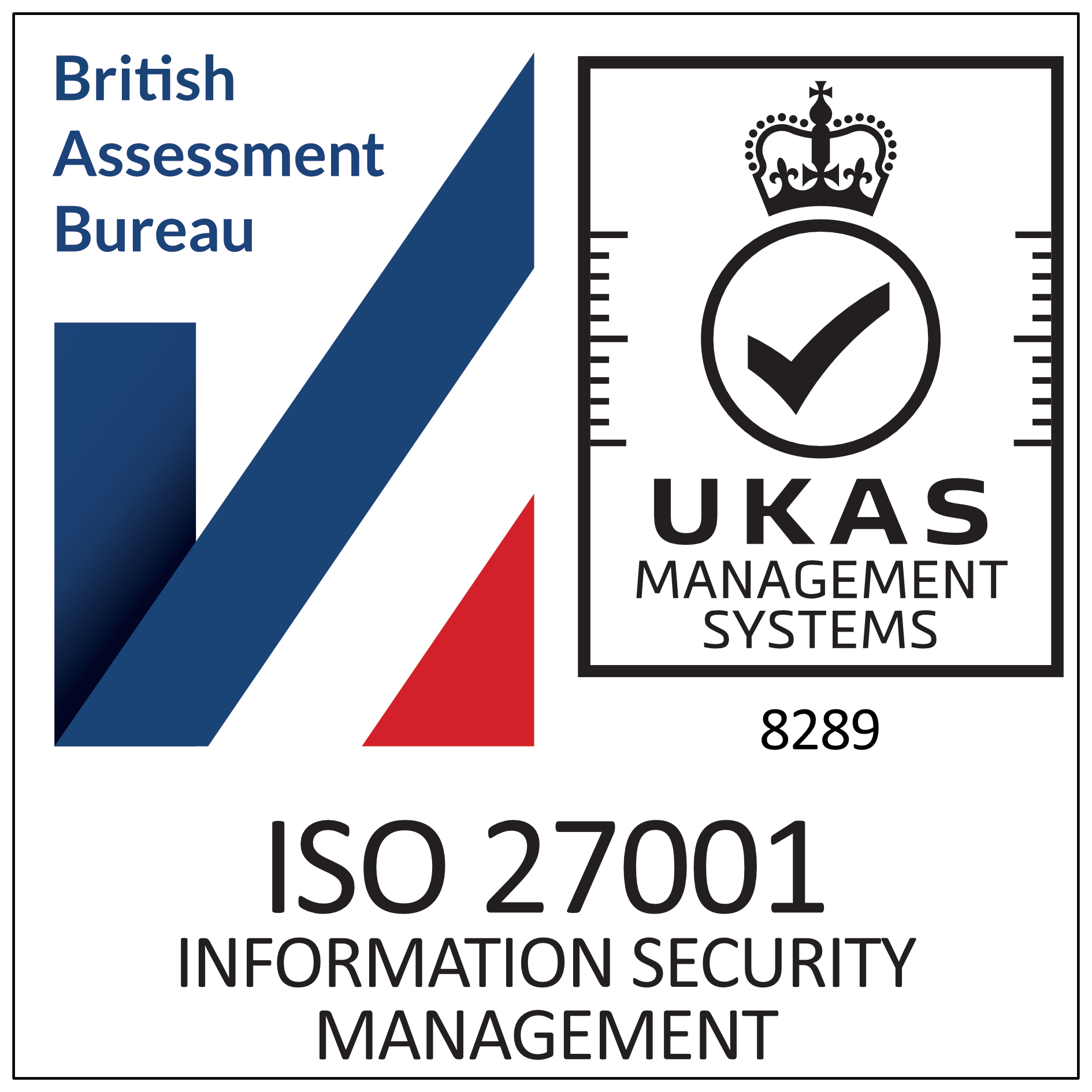What is Capacity and Demand Management in the NHS and Why Does it Matter?
What is Capacity and Demand Management in the NHS and Why Does it Matter?

Understanding and implementing Capacity and Demand management within the NHS is an important task, and it’s certainly not a new idea. We at SARD don’t claim to have stumbled across a brand new revelation. We are, however, certain that it should play a crucial role to support effective NHS Workforce management moving forward. So, if you’re entirely new to Capacity and Demand Management, or if it is ‘old hat’ but you’re looking for some new ideas, I hope you’ll find this an interesting read to help you, your NHS trust or Integrated Care System (ICS) on your journey!
Defining Capacity and Demand: The Backbone and Compass of the NHS
Before we dive deeper into the ‘management’ side of things, it’s important to have a clear understanding of what we mean by ‘Capacity’ and ‘Demand’.
What is Capacity: The Lifeblood of Service Provision
In the context of an NHS trust, capacity encapsulates the total range of resources that the trust has at its disposal to meet the needs of patients.
Central to this is the expertise and time of a diverse team of healthcare professionals – from junior doctors of all grades right up to senior or lead consultants. It also includes the contributions of the Multidisciplinary Team (MDT) including Allied Health Professionals (AHPs), and Clinical Nurse Specialists (CNSs) to name a few, all of whom work collectively to deliver comprehensive patient care.
Beyond ‘human’ resources, capacity includes the availability of physical facilities and equipment that are essential for the delivery of medical services. This could range from surgical theatres and diagnostics labs to rehabilitation facilities and outpatient clinics.
Moreover, capacity involves the supporting structures, such as admin services as well as available IT systems.
In essence, capacity represents the lifeblood of service provision. It’s a dynamic entity, constantly adapting to meet the evolving demands on the trust. It provides the backbone for the trust’s ability to offer its services and cater to the complex needs of the patients it serves.
What is Demand: The Director of Healthcare Services
Demand refers to the combination of healthcare needs that must be met by the trust’s available capacity. This not only includes the incoming flow of new referrals, but also encapsulates the existing backlog of patients who are on waiting lists.
Every patient, whether they’re a new referral or someone on a waiting list, represents a unique set of needs that the trust must fulfil. These can range in complexity, from routine check-ups and consultations to emergency interventions, surgery and complex treatment plans depending on the trust type.
Moreover, demand also extends to the ongoing needs of patients who require regular follow-ups, long-term management of chronic conditions, or sustained rehabilitation services.
Each aspect of demand needs distinct resources and expertise – whether it’s doctor’s time, use of facilities, nursing care, or allied health professional support. Demand therefore should steer the allocation of these resources, guiding the provision of services.
Making the Data Work: A Pathway to ‘Management!’
Understanding the terms is only the beginning but it is a good start!
So, what’s next? Well, now it gets tricky…
A great way to measure your trust’s staffing capacity is with Job Plans. For a definition, see my Navigating Medical Job Planning in the NHS – 10 Top Questions Answered! post. However, say, for example, your NHS trust already has 100% compliance in its job plans across all staffing groups including doctors, AHP’s, CNS’s etc. Say also, that your trust has a fully installed, maintained, and updated Electronic Patient Records (EPR) system, packed with valuable patient contact information and data. Say your trust has access to all of its relevant capacity and demand data … What’s your next step? What can you do with all that information?
That critical next step is to compile, and transform this raw data into meaningful insights and outputs that can guide your trust or ICS in its planning and decision making. That is Capacity and Demand Management.
There are a number of ways to achieve this:
Going it Alone:
While this path can seem daunting for a trust due to the need for specialised expertise and considerable resource allocation that will be required, trusts can independently undertake a comprehensive review of the capacity and demand within their services. They can then, with the right level of internal staffing and expertise, develop a system to compare the two sets of data they are able to compile.
Benefits:
- Internal Control: An independent review keeps control and decision making in-house, which can offer greater flexibility and alignment with specific trust or ICS priorities.
- Cost Savings: Assuming the trust or ICS already has the necessary resources and expertise, this approach could potentially save on external consultant fees.
Risks:
- Limited Expertise: If the trust or ICS personnel are lacking the necessary skills or experience, the insights derived may be subpar or even misleading, leading to inaccurate decision making.
- Resource Intensive: Undertaking a thorough data review requires a significant amount of time and resources, which could detract from other essential operations.
Engaging an External Organisation:
This approach brings with it an element of efficiency and specialised expertise and may well include a system that will automate the process in future years. Choosing the right external organisation could turbocharge the trust or ICS’s capacity and demand management, swiftly providing useful outputs and practical guidance.
Benefits:
- Expert Guidance: External organisations specialise in transforming data into actionable insights. They bring a wealth of experience and proven methodologies to the table.
- Efficiency: Leveraging an external organisation’s expertise can fast-track the process, delivering timely and reliable insights.
Risks:
- Cost: Engaging an external organisation usually involves a financial investment. The trust or ICS will need to consider the cost-benefit analysis to ensure the investment pays off.
- Dependency: There’s a risk of becoming overly reliant on external organisations for data analysis and decision-making, potentially limiting the trust or ICS’s ability to conduct future assessments independently.
Remember, there’s no ‘one-size-fits-all’ solution. The choice of whichever procurement path you choose will depend on the unique context, needs, and resources of your trust or ICS. Regardless, it is crucial to commit to a thorough, objective, and data-driven approach to managing capacity and demand.
For further insight, SARD has a detailed guide on the procurement of NHS Workforce solutions. Insiders Guide to Buying NHS Workforce Systems, Services, and Beyond Part One – Understanding the Differences, Part One.
The Impact of Capacity and Demand Management
So, with the risks I’ve outlined above, why should a trust commit their time and effort into Capacity and Demand Management, either themselves or by instructing an external organisation to come and do it for them? The answer to that is simple, and it’s the huge number of benefits the trust will be able to enjoy which include:
Strategic Advantages: Provided it is done correctly, Capacity and Demand Management equips a trust with a range of advantages including: a performance review of existing job plans, aligning Job Plan terminology across a trust, a demand analysis and data validation exercise, team job planning exercises, demand versus capacity “GAP” Analysis, service redesign advice, and the creation of general individual Job Plan templates per service, including Multi-Disciplinary Team (MDT). trusts could also gain access to governance dashboards and enhanced process management & support.
If the trust or ICS were provided with everything listed above, it would be able to make informed future decisions based on solid metrics of success. These include reduced waiting lists and cost savings from service redesign and efficient planning, a complete and robust set of job plans, high compliance rates in job plan completion, consistent terminology across all job plans, effective alignment of objectives through job plans, and balanced staffing capacity and demand through improved workflow planning to name a few.
Enhancing Patient Outcomes: Effective management of capacity and demand ensures timely, patient centred care, minimises treatment waiting times, and will optimise resource use. This can lead to enhanced patient care, outcomes, and safety due to optimal staffing and clear job planning across the full MDT.
Creating Sustainable Pathways: The planning process, if executed properly, promotes improved communication and trust across services and departments. This will lead to proactive actions being taken, more efficient pathways, and sustainable waiting lists. Success can be measured by the trust’s ability to advance through the Levels of Attainment and demonstrate long-term sustainability.
Improved Recruitment and Retention: In a profession where job satisfaction and work-life balance can significantly influence retention rates, having an accurate understanding of demand allows trusts and wider ICS’s to craft bespoke job plans that address the specific needs of their staff. This clarity and commitment to understanding individual roles can improve staff satisfaction, contribute to greater work-life balance, and ultimately, encourage both the recruitment of new talent and the retention of existing staff. Successful implementation can lead to improved decision-making in recruitment, skills mix, and care models aligned with patient demand, increased workforce satisfaction and retention, and identification of potential cost reductions and savings, including recruitment efficiencies and a reduced agency spend.
Potential Cost Savings: By clearly understanding your capacity and demand, a trust or ICS can identify potential oversupply of consultant time in certain areas, leading to cost efficient, evidence based resource allocation. Moreover, a well-organised job planning process can enhance staff wellbeing and satisfaction, reducing the need for frequent recruitment and its associated costs. Effective capacity and demand management therefore not only optimises resources but can also contribute to trust savings. Other measures of success in this area include clear visibility and understanding of service delivery demand, and enhanced productivity under the Payment by Results system (if applicable). However, it should be noted that cost savings should not be the main driver of this process.
Obstacles to Universal Adoption
Despite these obvious benefits to individual departments, services, trusts and ICS’s, why hasn’t Capacity and Demand Management seen universal implementation throughout the NHS?
There are a few key challenges that come to mind which are:
Time Constraints: The implementation of capacity and demand management requires time, organisation, and a dedicated team. Collecting, validating, and modelling detailed data, as well as translating it into actionable insights and plans, can be a challenging and time-consuming process if undertaken without help.
Data Quality and Consistency: The effectiveness of Capacity and Demand Management is highly dependent on the quality and consistency of data available, especially if the trust wishes to go it alone. Variations in data entry practices across different departments and roles, inaccuracies, or incomplete data can impact the reliability of insights that come out of it. trusts may struggle to implement effective data governance and management practices to overcome this hurdle.
Existing Job Plan Limitations: Many Job Plans may rely on potentially outdated or anecdotal information, limiting their effectiveness as a source of capacity data. There’s also a discrepancy in how different trusts manage Job Plans. Not every trust has an eJob Planning system in place, and some still rely on paper processes despite the Advance Levels of Attainment having been published in 2019. This inconsistency can hinder quick implementation of Capacity and Demand Management in a trust.
Cultural Resistance: Change can often be met with resistance, particularly when it involves altering long-standing practices or needs behavioural changes. The move to a data driven approach may be met with scepticism or resistance from staff who are comfortable with traditional methods.
Resource Allocation: Despite the more long term benefits and efficiencies, the initial stages of implementing Capacity and Demand Management can require an upfront investment in resources, including staff time, technology, and training. This can be a deterrent for some trusts, particularly in an environment where resources are already stretched.
We don’t want to hide away from these obstacles, there may well be more we’ve not thought of, and by identifying and understanding them, trusts can better prepare for the journey of implementing Capacity and Demand Management. This will enable them to realise the benefits that the process can offer.
The Future is Bright
The NHS is going to need robust and strategic tools like Capacity and Demand Management to help with the challenges it faces in the future. While it may have a steep learning curve and a need for an investment of important resources, the benefits it brings to the table are too large to ignore.
Trusts can take on this endeavour either independently or with the assistance of external organisations. Both routes offer unique advantages. Going it alone allows trusts to deeply understand their unique situations, but it will require substantial time and resource allocation. Engaging with external expertise can bring in an informed perspective, accelerate the process, and support trusts in overcoming complex challenges as they arise.
SARD, for example, offers a Workforce Optimisation service which provides expertise, systems and a solution that can aid trusts in effectively managing their capacity and demand in a fraction of the time. We also leave behind a system and level of support to ensure that the initial work is built upon in future years. While it’s one of the options, the ultimate goal is to encourage and support the NHS trusts to manage capacity and demand better, whether they do it independently or seek external help.
Regardless of the path you choose, the successful implementation of Capacity and Demand Management promises significant strides towards operational efficiency, improved patient care, and a rewarding work environment. It’s a journey that will bring a positive transformation, and it is one that NHS trusts can confidently embark upon, reassured by the compelling advantages that await you!
For more information on how Capacity and Demand Management could be implemented within your trust or to learn more about SARD services, be sure to follow us on LinkedIn.
Related Articles:
The NHS Long Term Workforce Plan 2023: A Comprehensive Strategy with Room for Further Consideration
Quick Guide: Understanding the NHS Long Term Workforce Plan 2023
Recent Articles

Registered address
SARD JV Limited
Unit 76, Innovation Centre
University Road, Canterbury
CT2 7FG
A joint venture with Oxleas NHS Foundation Trust.
Registered in England and Wales with company number 07916735. VAT No. 131901840
Designed and built By Tweak Marketing
Privacy Policy





